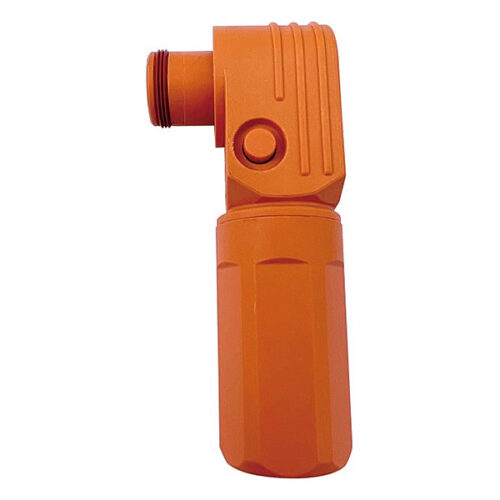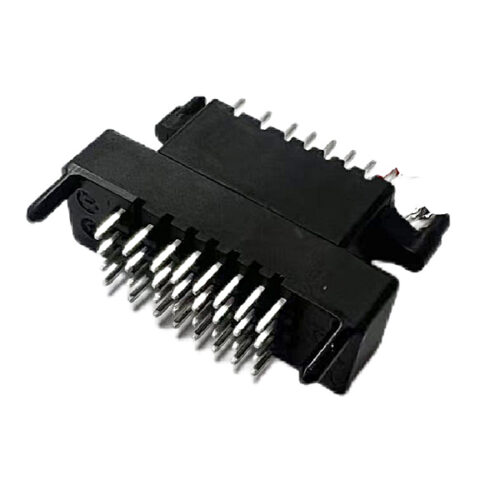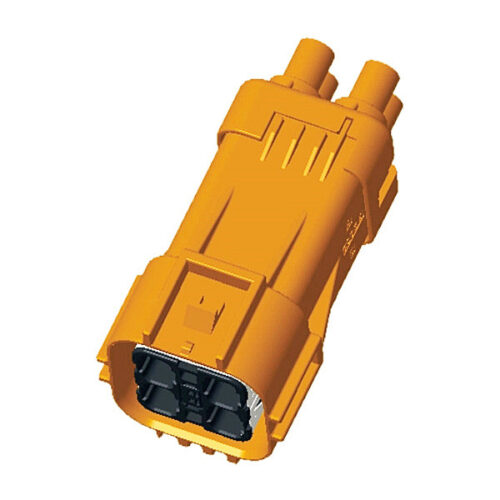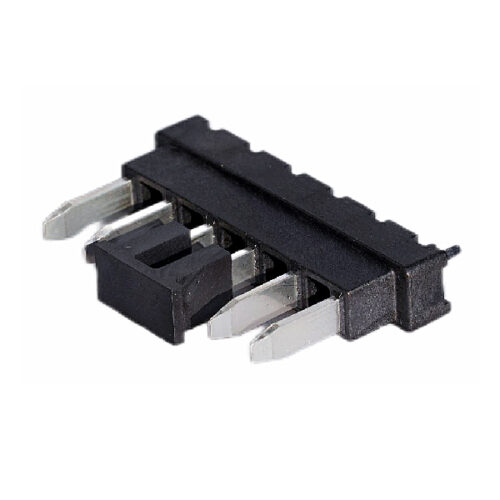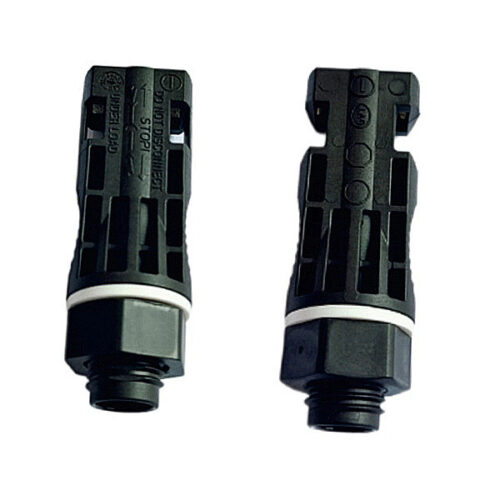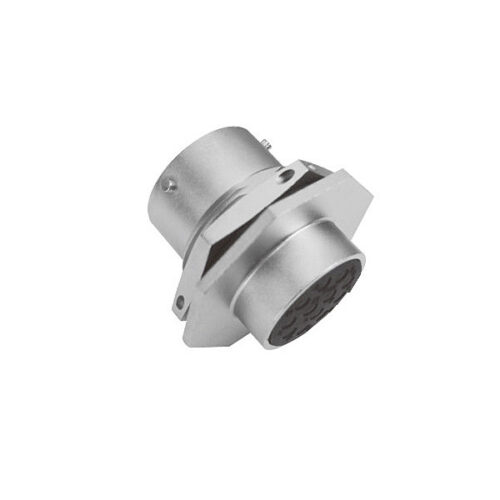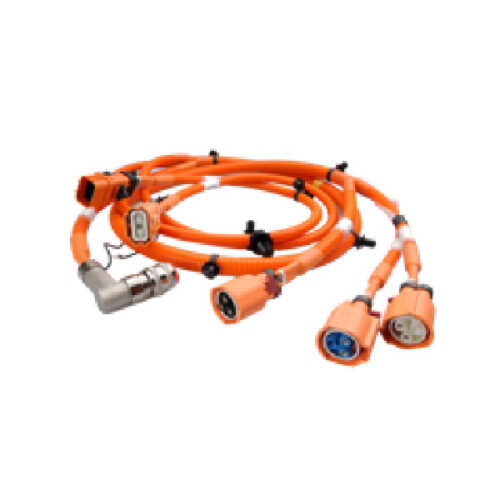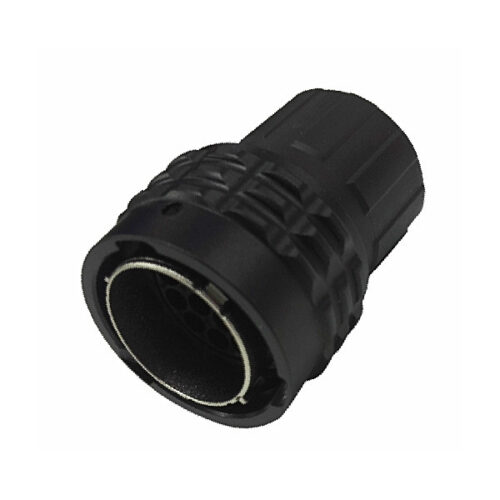Blogs & News
We are focus on automotive wiring harness & connectors technology.
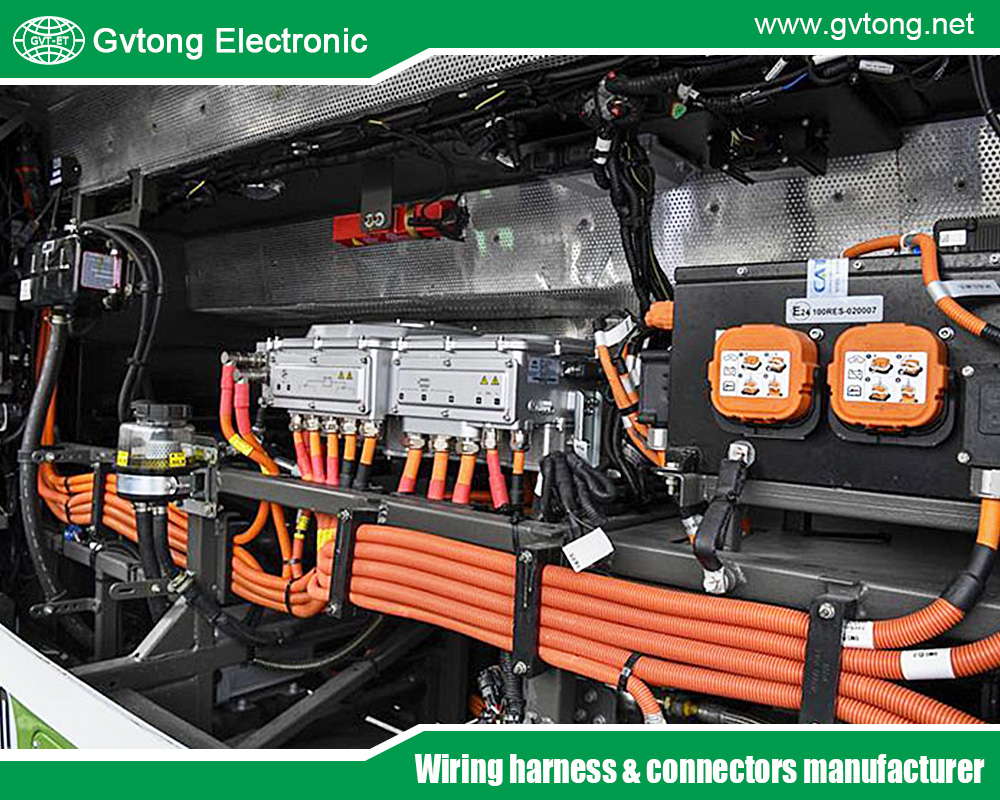
Solution to the Heat Management Problem of Five-Cavity Connectors
- Gvtong Electronic
- 48V board net connectors, ADAS sensor connectors, Automated assembly connectors, automotive diagnostic connector, Automotive high - frequency connector, automotive High voltage connector, automotive hybrid connector, automotive optical fiber connector, Automotive temperature - resistant connector, Automotive vibration - resistant connector, Automotive-grade AEC-Q200 connectors, Battery management system (BMS) connectors, Blind-mate automotive connectors, Cost-effective automotive connectors, EV charging connectors, five-cavity connectors, Five-Cavity Connectors Factory, Five-Cavity Connectors Manufacturer, Five-Cavity Connectors Supplier, Fuel cell connectors, Halogen-free automotive connectors, In-cabin infotainment connectors, Lightweight automotive connectors, Modular automotive connectors, Multi-variation connectors, OEM-specific connectors, Pre-charge/discharge connectors, Quick-fit automotive connectors, Recyclable material connectors, Redundant safety connectors, Thermal management connectors, Wireless charging connectors
- No Comments
Solution to the Heat Management Problem of Five-Cavity Connectors
In the realm of modern electronics, connectors serve as the vital links that enable power and signal transmission in a wide range of applications, from automotive systems to industrial machinery. Among these, five-cavity connectors—compact components designed to house five terminals for power, ground, and signal lines—are widely used due to their versatility and space efficiency. However, as electrical systems become more demanding, managing heat dissipation in these connectors has emerged as a significant challenge. Overheating can lead to performance degradation, material failure, and even safety hazards. This article delves into the heat management problem in five-cavity connectors, exploring its causes, consequences, and innovative solutions that ensure reliability and efficiency in high-performance applications.
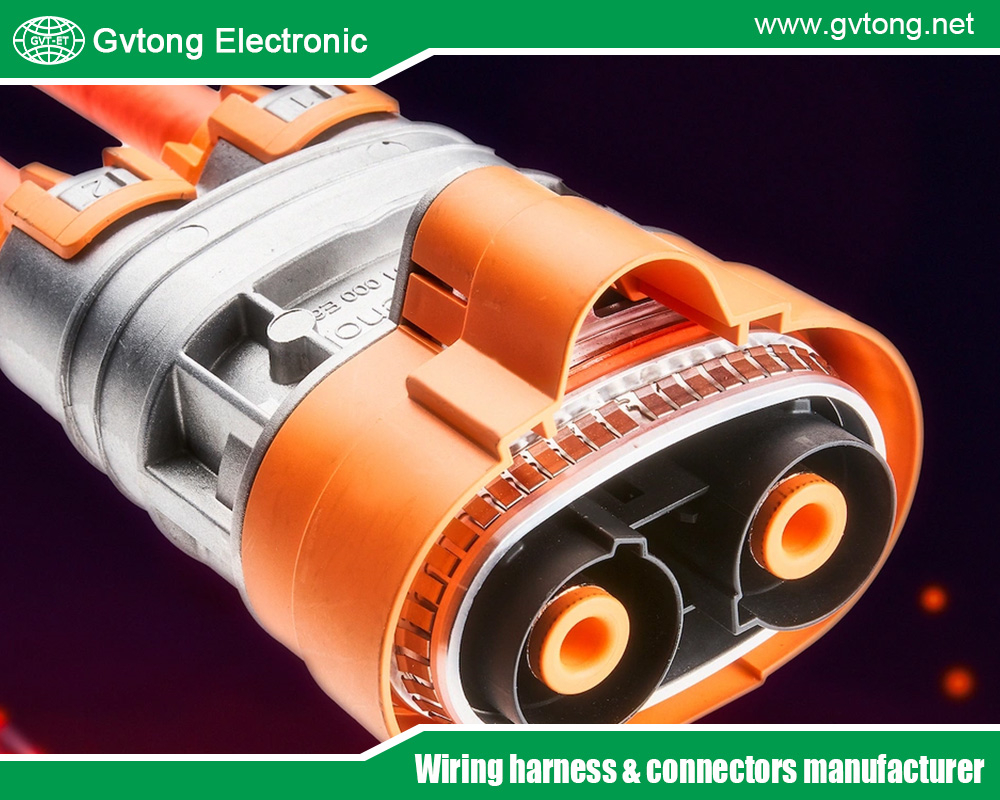
Understanding the Heat Management Challenge
Five-cavity connectors are multi-pin connectors typically used in automotive, aerospace, and industrial systems to transmit power and data. Their compact design makes them ideal for applications where space is limited, such as in engine control units (ECUs), sensors, and lighting systems. However, the increasing power demands of modern electronics, coupled with the trend toward miniaturization, have exacerbated heat-related issues in these connectors.
Heat generation in five-cavity connectors primarily results from:
- Electrical Resistance: Current flowing through the connector’s terminals generates heat due to electrical resistance at the contact points. Higher currents increase heat output, especially in compact designs where terminals are closely spaced.
- High-Density Circuits: Modern vehicles and devices pack more functionality into smaller spaces, increasing current density and heat generation within connectors.
- Environmental Factors: Connectors in automotive and industrial environments are exposed to high ambient temperatures, such as those near engines or in outdoor settings, which exacerbate heat buildup.
- Poor Thermal Dissipation: The compact design of five-cavity connectors often limits airflow and heat dissipation, trapping heat within the connector housing.
- Excessive heat can cause several problems, including:
- Material Degradation: High temperatures can degrade the connector’s plastic housing, seals, and metal contacts, leading to reduced lifespan and reliability.
- Signal Integrity Issues: Overheating can alter electrical properties, causing signal distortion or data transmission errors in sensitive applications like ADAS or industrial automation.
- Safety Risks: In extreme cases, overheating can lead to connector melting, short circuits, or even fires, posing significant safety hazards.
Addressing these challenges requires a multifaceted approach, combining advanced materials, innovative designs, and system-level solutions.
Historical Context: Evolution of Connector Heat Management
The issue of heat management in connectors is not new. Early automotive connectors, such as those used in the 1960s and 1970s, were designed for low-power systems like lighting and basic ignition. These connectors, often made from basic thermoplastics and copper alloys, had minimal heat dissipation requirements. However, as vehicles and industrial systems incorporated more electronics—such as ECUs, infotainment systems, and sensors—the power demands on connectors increased significantly.
By the 1980s, five-cavity connectors became common in automotive applications, valued for their ability to handle multiple circuits in a compact form. However, early designs struggled with heat management, particularly in high-current applications. Manufacturers responded by introducing basic improvements, such as larger contact surfaces to reduce resistance and basic sealing to protect against environmental heat. Despite these advancements, the rapid evolution of electronics in the 1990s and 2000s—driven by the rise of electric vehicles (EVs), hybrid systems, and advanced sensors—outpaced the thermal capabilities of many connectors, necessitating more sophisticated solutions.
Current Solutions for Heat Management in Five-Cavity Connectors
Today, several strategies are employed to address heat management in five-cavity connectors, focusing on materials, design, and system integration. These solutions aim to reduce heat generation, improve dissipation, and enhance the connector’s ability to operate in high-temperature environments.
- Advanced Materials
Material selection plays a critical role in managing heat in five-cavity connectors. Recent advancements include:
- High-Performance Thermoplastics: Modern connectors use heat-resistant plastics, such as polyamide (PA) or polyphenylene sulfide (PPS), which can withstand temperatures up to 150°C or higher. These materials maintain structural integrity and prevent deformation under thermal stress.
- Low-Resistance Contacts: Contacts made from advanced alloys, such as copper-nickel-tin or silver-plated copper, reduce electrical resistance, minimizing heat generation. These materials also offer improved corrosion resistance, ensuring long-term performance.
- Thermal Conductive Insulators: Some connectors incorporate thermally conductive polymers or ceramic-based insulators that help transfer heat away from the terminals to the connector housing or external environment.
- Optimized Connector Design
Design innovations are critical to improving heat dissipation and reducing thermal stress:
- Increased Contact Surface Area: Enlarging the contact area between pins and sockets reduces resistance and heat generation. For example, blade-style or high-contact-force designs ensure better electrical connectivity.
- Ventilation and Heat Sinks: Some five-cavity connectors incorporate micro-vents or heat-sink-like structures in the housing to enhance airflow and dissipate heat more effectively.
- Sealing and Insulation: Advanced sealing technologies, such as silicone gaskets or overmolded designs, protect connectors from external heat sources while allowing internal heat to escape through strategic venting.
- Modular Configurations: Modular five-cavity connectors allow for better spacing of terminals, reducing heat concentration and improving airflow within the connector.
- System-Level Integration
Heat management extends beyond the connector itself to the broader system:
- Thermal Management Systems: In automotive applications, connectors are often integrated with active cooling systems, such as liquid cooling loops or forced-air cooling, to maintain optimal operating temperatures.
- Circuit Design Optimization: Engineers design circuits to minimize current spikes and distribute power evenly across terminals, reducing localized heat buildup.
- Thermal Monitoring: Embedding temperature sensors within or near connectors allows real-time monitoring of heat levels, enabling systems to adjust power loads or activate cooling mechanisms when needed.
- Simulation and Testing
Advanced simulation tools, such as finite element analysis (FEA) and computational fluid dynamics (CFD), are used to model heat flow and identify potential hotspots in connector designs. These tools allow manufacturers to optimize designs before production, ensuring efficient heat dissipation. Additionally, rigorous testing standards, such as those set by the International Electrotechnical Commission (IEC) or SAE International, ensure connectors can withstand extreme temperatures and thermal cycling.
Emerging Trends and Future Solutions
As technology continues to evolve, new approaches to heat management in five-cavity connectors are emerging, driven by the demands of electric vehicles, autonomous systems, and Industry 4.0.
- Nanotechnology and Advanced Coatings
Nanotechnology offers promising solutions for heat management. For example, graphene-based coatings on connector contacts can significantly reduce electrical resistance and improve thermal conductivity. Similarly, nanostructured thermal interface materials (TIMs) can enhance heat transfer from the connector to the surrounding environment.
- Smart Connectors
The integration of smart technologies into connectors is a growing trend. Future five-cavity connectors may include embedded microchips that monitor temperature and current in real time, dynamically adjusting power distribution to prevent overheating. These smart connectors could also communicate with vehicle or system controllers to optimize performance.
- Additive Manufacturing
3D printing enables the creation of complex connector geometries that traditional manufacturing cannot achieve. For example, connectors with intricate internal channels for liquid cooling or optimized heat-dissipation structures can be produced, offering superior thermal performance.
- High-Voltage and High-Frequency Applications
As EVs and 5G-enabled systems become more prevalent, five-cavity connectors must handle higher voltages and frequencies, which generate additional heat. Research is underway to develop connectors with hybrid materials—combining metals, ceramics, and polymers—to meet these demands while maintaining thermal stability.
- Sustainability and Efficiency
Sustainability is a growing focus in connector design. Manufacturers are exploring recyclable, heat-resistant materials and energy-efficient production processes to reduce the environmental impact of connectors while addressing thermal challenges.
Challenges and Considerations
Despite these advancements, several challenges remain:
- Cost vs. Performance: Advanced materials and designs often increase production costs, which can be a barrier in cost-sensitive industries like automotive manufacturing.
- Miniaturization Trade-offs: As connectors become smaller, heat dissipation becomes more challenging, requiring careful balancing of size, performance, and thermal management.
- Compatibility: New connector designs must remain compatible with existing systems to avoid costly redesigns or retrofitting.
- Regulatory Compliance: Connectors must meet stringent industry standards for thermal performance, safety, and durability, which can complicate design and testing processes.
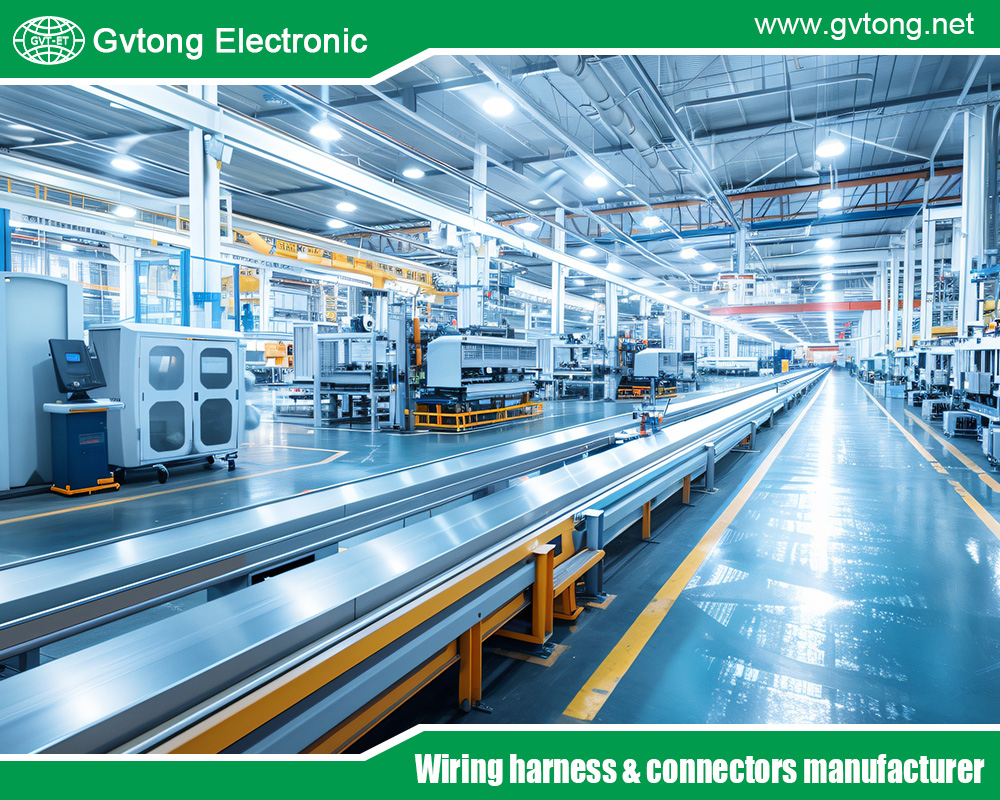
Conclusion
The heat management problem in five-cavity connectors is a critical challenge in the era of high-power, compact electronics. Through advancements in materials, design, and system integration, manufacturers have made significant strides in mitigating overheating and ensuring reliable performance. From high-performance thermoplastics to smart connectors and additive manufacturing, ongoing innovations are paving the way for more efficient and durable solutions. As industries like automotive and industrial automation continue to evolve, the development of heat-resistant, high-performance five-cavity connectors will remain a cornerstone of technological progress, enabling safer, more efficient, and more reliable systems for the future.
For more about the solution to the heat management problem of five-cavity connectors, you can pay a visit to Gvtong at https://www.gvtong.net/ for more info.

